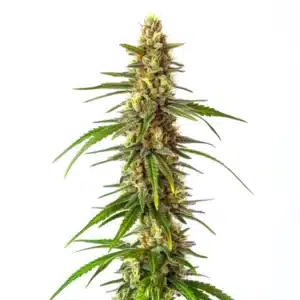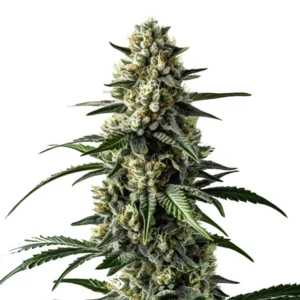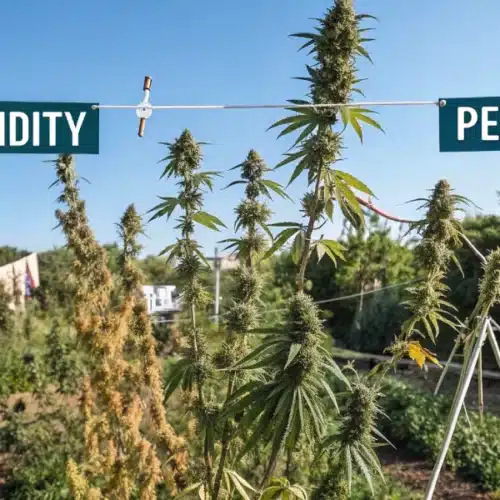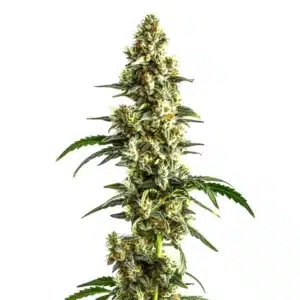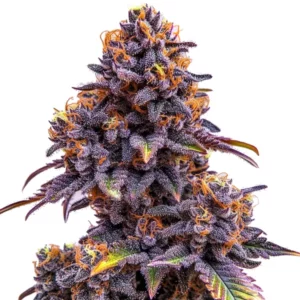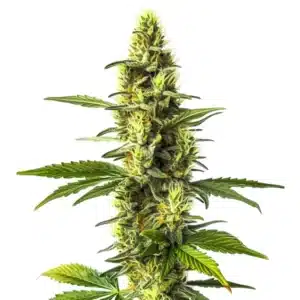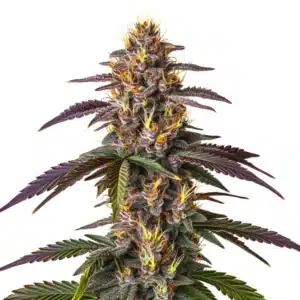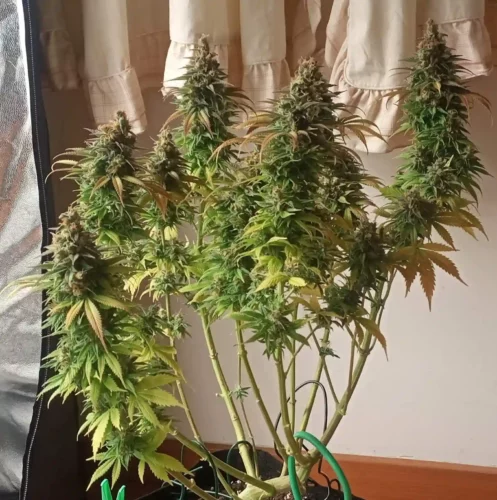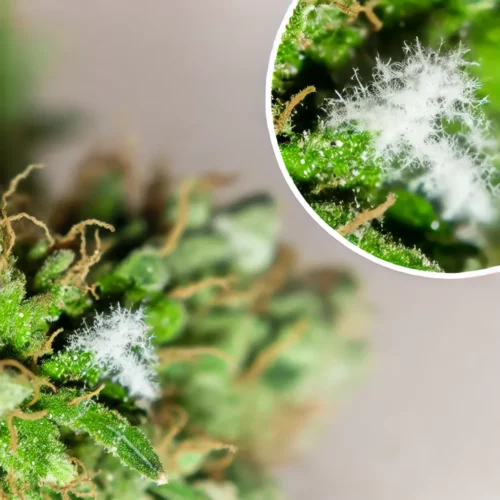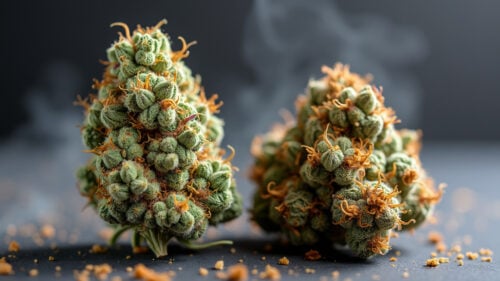Overview of Best Mold Resistant Strains to Grow Outdoors
What Makes a Strain Mold Resistant?
Mold resistance in cannabis plants comes from a mix of genetic traits and robust growth patterns. Strains with dense buds and sturdy leaves can better fend off moisture-related issues. Breeders have focused on these traits to produce plants that thrive in wet climates. When you choose the best mold resistant strains to grow outdoors, you benefit from genetics that naturally lower the risk of mold. This means less worry during rainy seasons and more time enjoying your harvest.
In this section, we also discuss how environmental stress and natural defenses work together. Many growers notice that some plants have extra layers of wax or resin that act as a barrier against moisture. These features are key in determining which varieties are ideal for humid regions. By selecting the best mold resistant strains to grow outdoors, you set your garden up for success with nature working on your side.
Benefits of Growing Mold Resistant Strains Outdoors
Growing the best mold resistant strains to grow outdoors offers many advantages. These plants require less intervention against mold and mildew, which saves time and resources. They perform well even when humidity rises, giving you a reliable harvest. Outdoor gardens using these strains tend to be more resilient and demand fewer chemical treatments. This natural resistance leads to healthier plants and a more sustainable growing process that benefits your wallet and the environment.
Choosing these strains means less worry about sudden weather changes. They withstand heavy rains and moist conditions better than other varieties. The resilience of the best mold resistant strains to grow outdoors not only boosts your crop yield but also makes outdoor cultivation more enjoyable and less stressful. With such reliable genetics, every garden can be a safe haven for your cannabis plants.
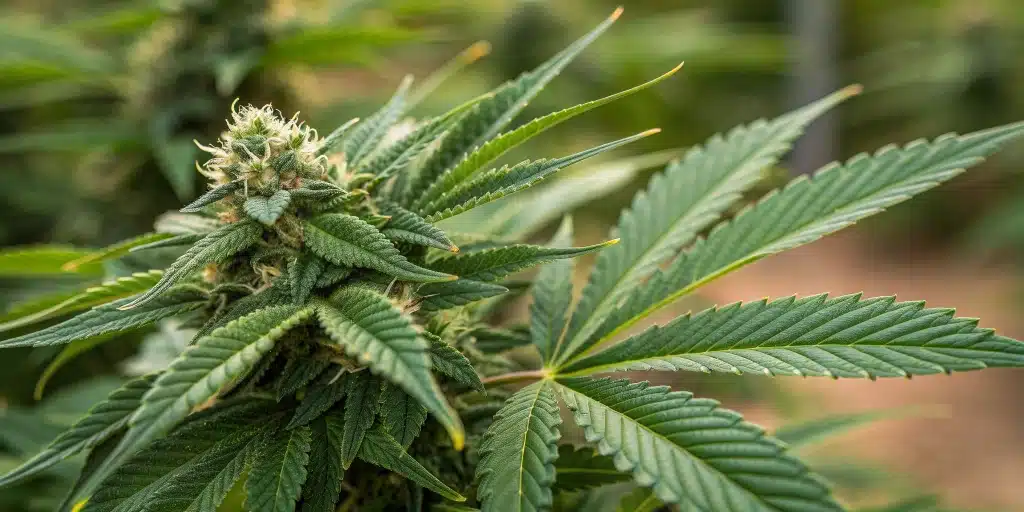
Promos & Deals
Top Mold Resistant Strains for Outdoor Cultivation
Detailed Profiles of Leading Strains
Among the best mold resistant strains to grow outdoors, several stand out for their impressive performance. Strains like Afghan Kush, Super Silver Haze, and Durban Poison show high resistance to moisture and mold. Each of these varieties exhibits strong genetics and vigorous growth that flourish under challenging outdoor conditions. Their robust structure and natural antifungal properties provide confidence for growers in humid environments, making them top picks for a reliable outdoor garden.
These leading strains have been tested over time in wet climates, and their performance speaks for itself. Growers have observed that the best mold resistant strains to grow outdoors often yield generous harvests even in less-than-ideal weather. Detailed research and field trials back up these profiles, offering real-world proof of their advantages. By choosing one of these strains, you can enjoy a productive garden that resists mold while offering quality buds.
Comparing Strain Performance in Humid Climates
Comparative studies show that some strains outperform others in high-humidity conditions. The best mold resistant strains to grow outdoors are measured by their yield stability, bud density, and overall resilience against mold. Side-by-side tests reveal that varieties with dense trichome coverage and a naturally open bud structure maintain healthier growth. These traits are essential for reducing the likelihood of moisture accumulation and subsequent mold formation, making them ideal for outdoor growers in challenging climates.
Many growers report that their success hinges on selecting strains with proven performance. In humid regions, the best mold resistant strains to grow outdoors demonstrate consistent results and fewer losses due to fungal infections. This performance comparison highlights the importance of choosing genetics that are inherently suited for outdoor cultivation in wet weather. Reliable data and shared experiences confirm that opting for these strains is a smart move for any outdoor cannabis garden.
Environmental Factors for Mold Resistance
Ideal Weather Conditions for Outdoor Growth
Weather plays a significant role in the success of any outdoor garden. For the best mold resistant strains to grow outdoors, clear skies and moderate humidity are ideal. Although these strains are built to handle damp conditions, they perform best when there is adequate sunlight and good airflow. Even slight improvements in environmental conditions can enhance plant vigor and mold resistance. Keeping an eye on weather patterns helps you plan planting times that favor growth and minimize the risk of mold.
Cultivation Techniques for Best Mold Resistant Strains to Grow Outdoors
Soil and Nutrient Management Strategies
Optimizing soil conditions is key for outdoor cannabis cultivation. Using well-draining soil enriched with organic matter supports robust root growth. Growers who plant the best mold resistant strains to grow outdoors often add compost and natural fertilizers to boost plant health. Maintaining balanced nutrients in the soil can reduce stress on plants and enhance their natural defenses against mold. Regular soil testing and amendments ensure that your garden stays healthy and productive throughout the season.
A healthy soil structure and proper nutrient management work hand in hand. When plants receive the right nutrients, they develop stronger defenses against moisture-related issues. This technique not only supports growth but also maximizes the inherent mold resistance of your chosen strains. Consistent soil care ensures that every plant has the resources it needs to thrive, leading to an abundant and healthy harvest even in challenging weather conditions.
Pruning and Spacing Tips to Enhance Airflow
Good airflow is essential for preventing mold in outdoor gardens. Pruning excess foliage and properly spacing plants help increase air circulation around each cannabis bud. When growing the best mold resistant strains to grow outdoors, trimming leaves and branches allows light to reach all parts of the plant, reducing moisture buildup. Strategic pruning also directs the plant’s energy towards producing quality buds, which further enhances mold resistance by maintaining a drier canopy.
By spacing your plants adequately, you lower the risk of overcrowding, which can trap moisture and promote mold growth. Consistent pruning and optimal spacing create a natural environment that supports healthy growth and reduces fungal risks. This practice not only improves the overall yield but also ensures that every plant remains vigorous and mold-resistant, even when exposed to humid outdoor conditions. Simple yet effective, these techniques make a significant difference in your garden’s performance.
Pest and Disease Management in Outdoor Gardens
Monitoring and Early Detection of Mold
Regular monitoring is essential in keeping your garden healthy. Observing your plants frequently helps you catch any signs of mold early. When you work with the best mold resistant strains to grow outdoors, early detection means you can take action before a small problem becomes widespread. Simple checks such as looking for discoloration or unusual spots on leaves can signal the start of mold growth. Acting quickly minimizes damage and ensures your garden remains vibrant and safe.
Keeping a close eye on your plants and their environment is a simple yet effective practice. Many growers set aside time each day for a quick inspection. By being proactive, you can maintain the integrity of your crop and keep mold at bay. The best mold resistant strains to grow outdoors still require careful attention, and early monitoring is the key to preventing any significant issues from arising.
Organic Solutions and Treatments for Mold Control
Organic treatments offer a safe way to manage mold without harming your plants. Natural antifungal sprays made from neem oil, garlic extract, or baking soda solutions are popular among outdoor growers. These treatments work well with the best mold resistant strains to grow outdoors by enhancing their natural defenses. Regular applications, combined with good cultural practices, help prevent mold outbreaks and keep your garden in top shape. Using organic solutions also ensures that your crop remains free from harmful chemicals.
Organic methods are favored by many growers who want to maintain a natural approach to cultivation. These treatments provide a balanced way to control mold without interfering with the plant’s natural processes. By integrating organic practices into your routine, you protect your garden and support sustainable cultivation methods. The result is a healthier crop that thrives outdoors even in humid conditions, proving that nature often holds the best answers for mold control.
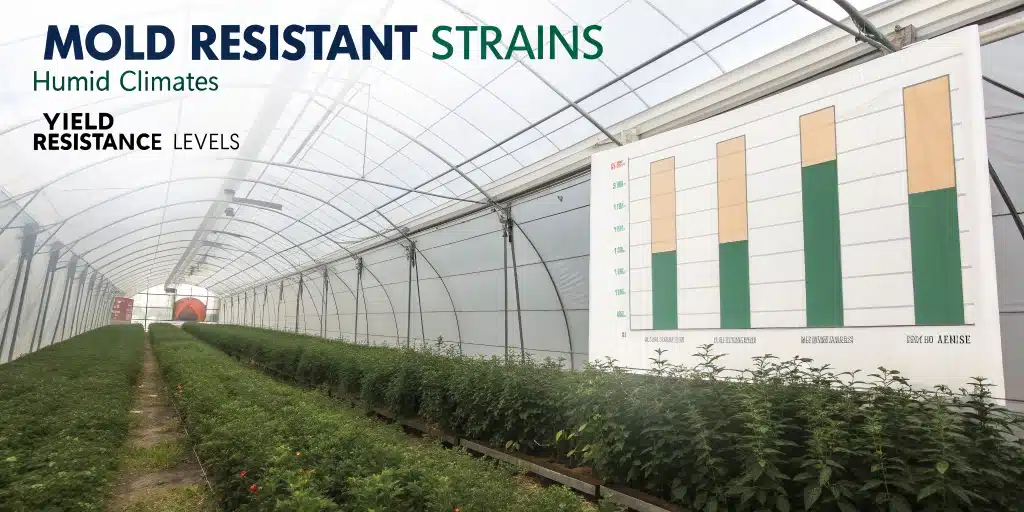
FAQs about best mold resistant strains to grow outdoors
What are the key traits that make a strain mold resistant?
A strain is considered mold resistant when it has dense trichomes and sturdy leaves that minimize moisture retention. This resistance comes from genetic traits and robust growth patterns that lower the risk of mold, especially in damp climates. The best mold resistant strains to grow outdoors exhibit these traits, making them ideal for regions with high humidity. They require fewer chemical treatments and remain healthy even under challenging weather conditions.
How can I maintain the health of my best mold resistant strains to grow outdoors in humid climates?
Maintaining the health of your crop in humid climates involves proper soil management, regular pruning, and ensuring ample airflow. Use well-draining soil with organic amendments and monitor plants frequently for early signs of mold. The best mold resistant strains to grow outdoors benefit from these practices as they reduce moisture buildup and promote vigorous growth. Consistent attention and organic treatments can help safeguard your garden and secure a bountiful harvest.
Which organic treatments are most effective for preventing mold in outdoor gardens?
Effective organic treatments include neem oil, garlic extract, and baking soda solutions that work well when applied regularly. These natural solutions help strengthen the plant’s defenses and control mold without using harsh chemicals. For those growing the best mold resistant strains to grow outdoors, these treatments support a healthy environment and minimize fungal growth. They provide a safe, eco-friendly method to maintain the health and vigor of your garden while ensuring quality yields over the growing season.


